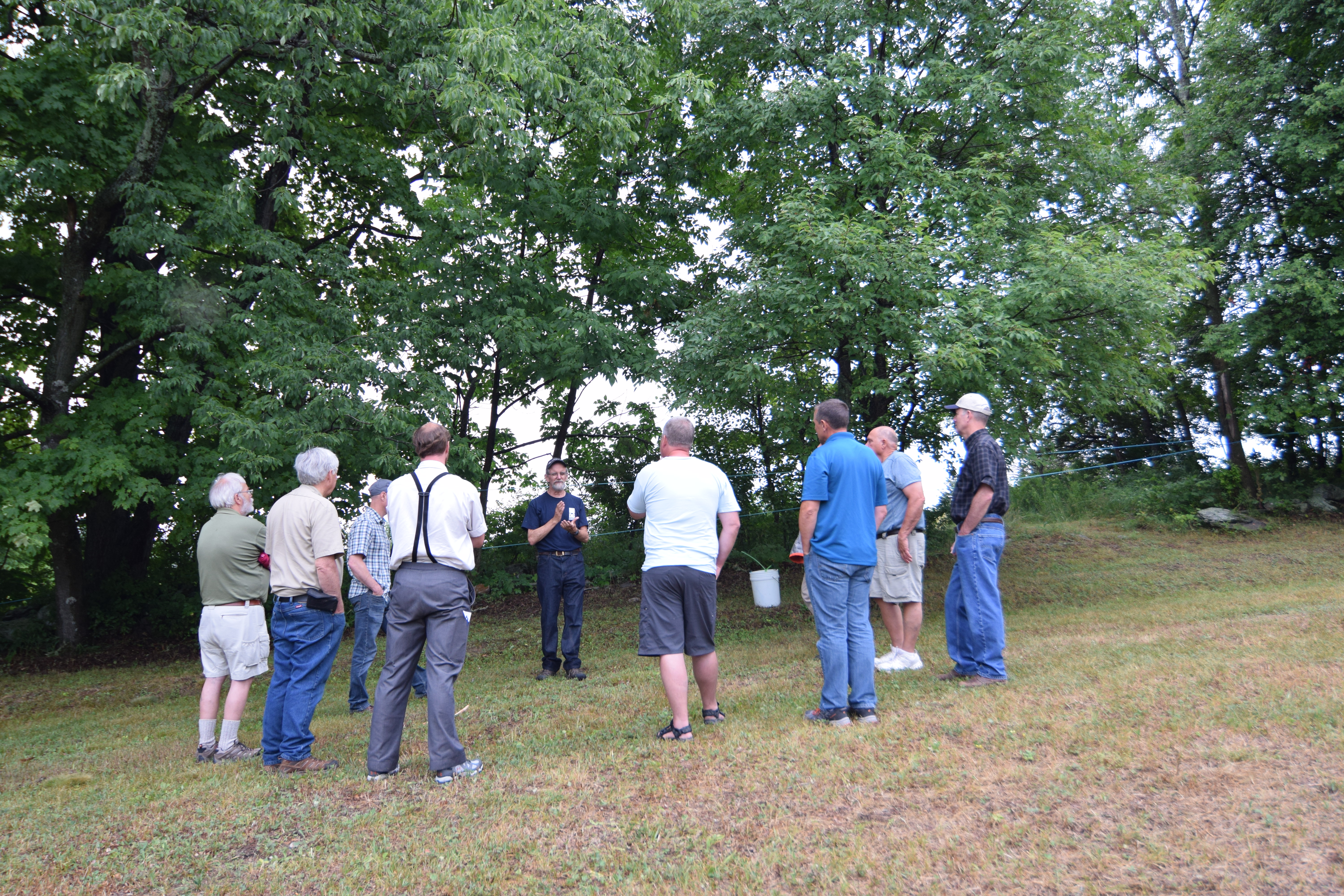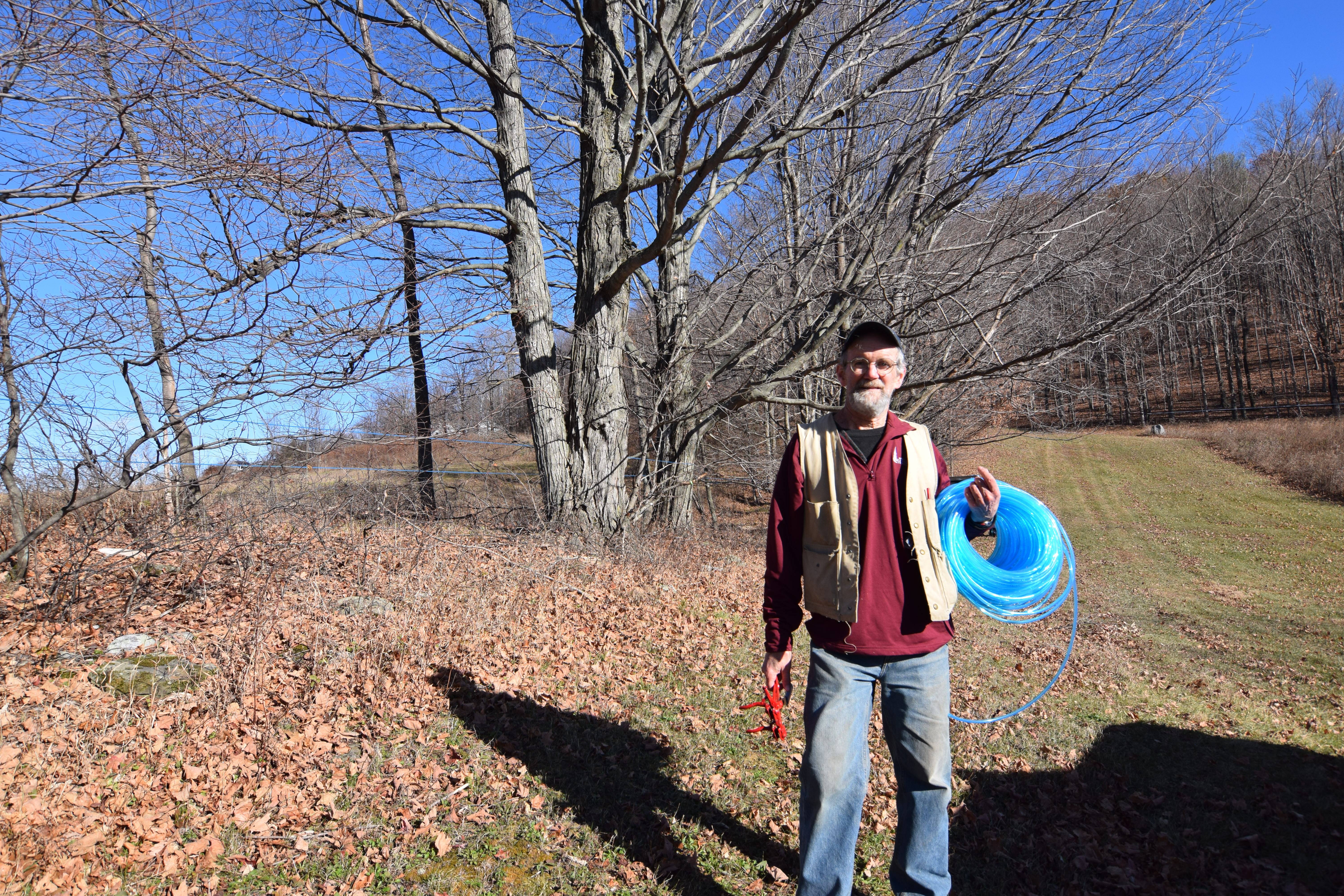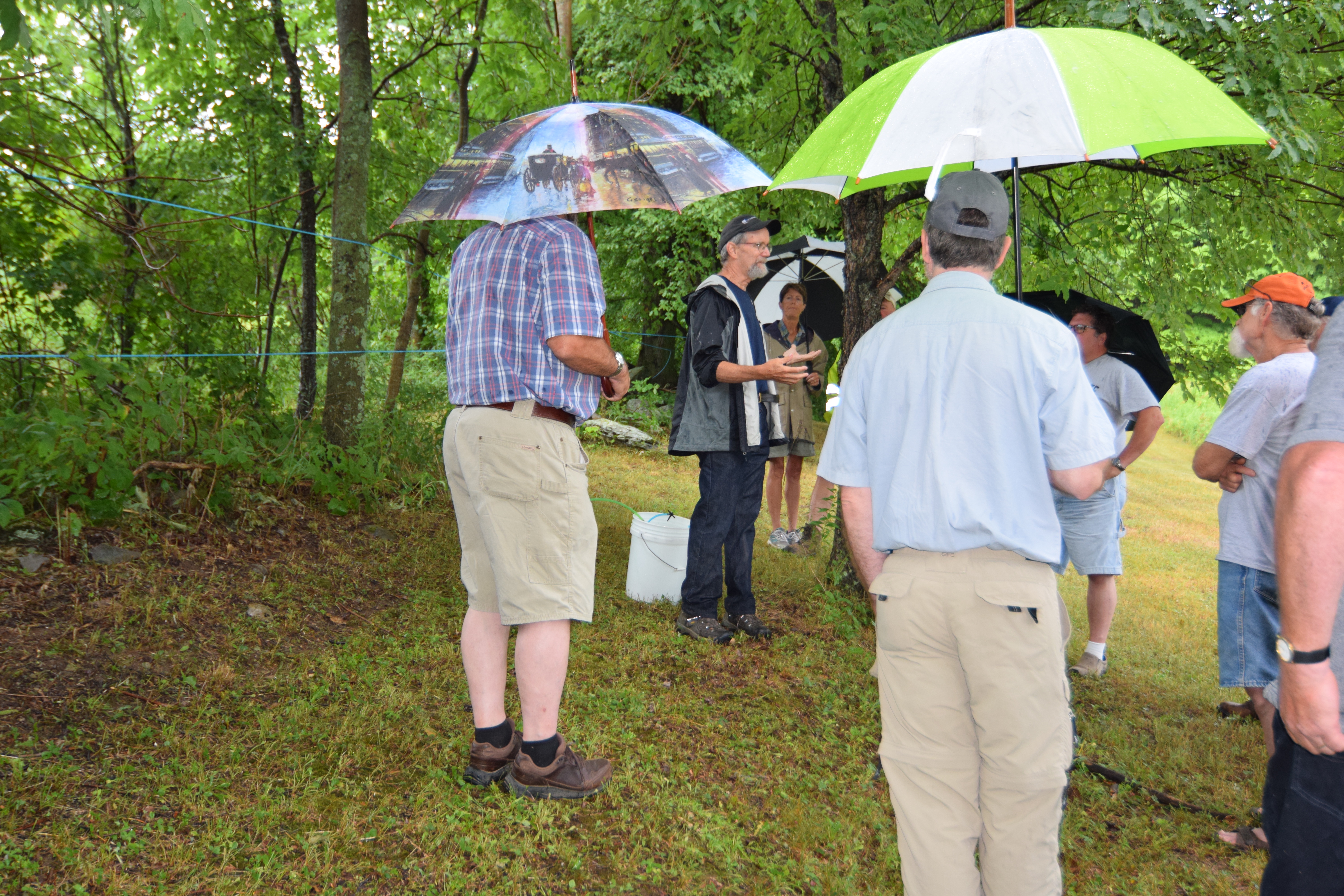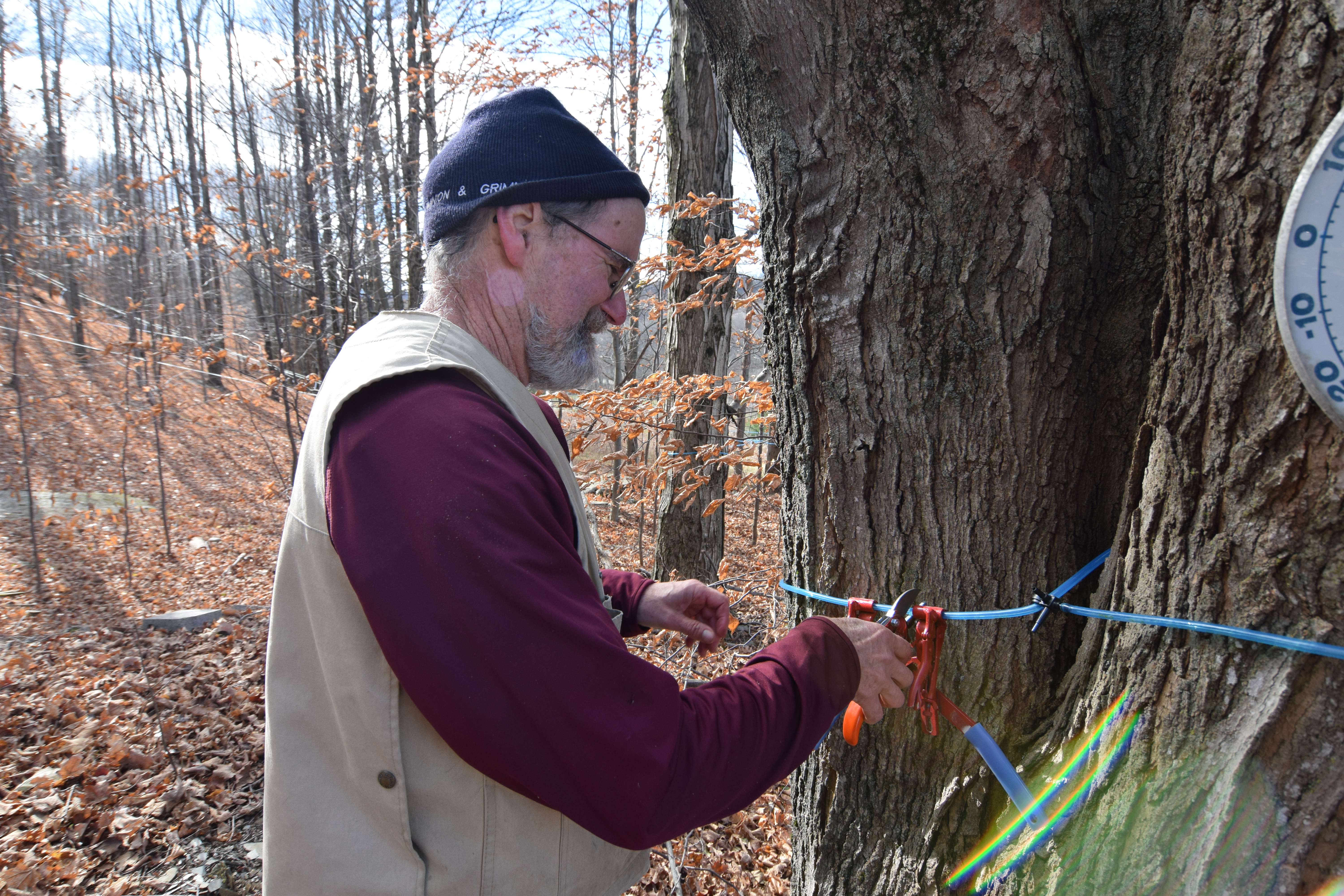Tapping & Tubing
Strategies for maintaining high sap yields with 3/16 tubing
3/16ths guru offers tips
By TIM WILMOT | AUGUST 3, 2018
Sap yields from 3/16” tubing on a slope compared to yields from 5/16” tubing are generally very good in the first year, particularly with gravity tubing, but also in many cases when using a pump—as described in two recent articles in The Maple News.
However, yields reported by many users begin to decline, usually by a moderate amount, after the first year. This is particularly true if the tubing is not cleaned at the end of the season.
In part, this is due to the nature of the tubing, which holds onto sap much more tightly than 5/16” tubing, generating natural vacuum in this manner; in some cases it also holds onto sap containing bacteria and yeasts.
Although I have been recommending that 3/16” tubing should be cleaned at the end of the season, this spring I have been expanding on the range of strategies that may be used to keep production high.
These strategies are based in part on research on tubing sanitation from the UVM Proctor Maple Research Center and other sources, on conversations with many producers, and on my own observations about the behavior of sap in the tubing.
Cleaning tubing with an approved tubing cleaner sold by maple companies is relatively fast when using the backpack and “gun” sold by maple companies, although this device does not work without a vacuum pump pulling on the line.
For gravity tubing, the cleaning solution may be injected into the droplines using a large syringe or backpack sprayer, etc. Without a pump, it may be best to work down the lateral line leaving the cleaned droplines open as vents so that all the liquid will drain properly. The object should be to get all of the sap and solution out of the tubing.
Other cleaners may be more or less effective: permeate, calcium bleach, organic dairy cleaner, etc. Hopefully researchers at Proctor or Cornell with eventually make recommendations about which ones work the best. After cleaning, some producers favor letting the dropline hang in order to better dry, perhaps with the spout cut off—although this may entail re-plugging the line in a few weeks if insects are likely to invade the tubing during the summer.
Maple companies, including Dominion and Grimm, have manufactured a T that allows the use of 5/16” droplines with 3/16” lateral lines; I believe that this is a good option.
Repeated experiments have shown that the vacuum on a slope is generated in the lateral line, not the dropline, and the 5/16” dropline will not compromise taphole vacuum under normal circumstances.The larger dropline should drain better than 3/16” and may also allow less backflow into the taphole under most conditions.
Some producers favor the use of check valve spouts for prolonging the sap flow later in the season, and this may be an option that is effective with 3/16” tubing. These spouts are made for use in a vacuum system, which is present in a properly installed gravity line, as well as a pumped system. The use of 5/16” droplines will allow the use of several models.
Yearly replacement of plastic spouts is a cost-effective strategy, as research from the Proctor Center has repeatedly shown: the value of the additional sap thus generated is almost always much greater than the cost of the spouts. In addition, droplines, including the T, may need to be replaced more often when using 3/16” tubing.
At a cost (minus the spout) of about $.50 each, the dropline, if replaced every 2 years, will generate far more value than this if it leads to another 2 gallons of sap per tap per year—although the assembly and installation of droplines obviously involves more labor than just replacing the spout.
Finally, future research may tell us that the lateral lines need to be replaced more often when using 3/16” tubing compared to 5/16” tubing, perhaps every 4-5 years, in order to maintain high sap yields.
Several of these strategies may be employed together. For some producers with many taps, experimentation using more than one approach may be best if there is a way to compare the relative value of each treatment (cleaning, check valves, etc.)
Hopefully, sharing of ideas and research results will benefit the many users who find that this tubing provides increased production.



































